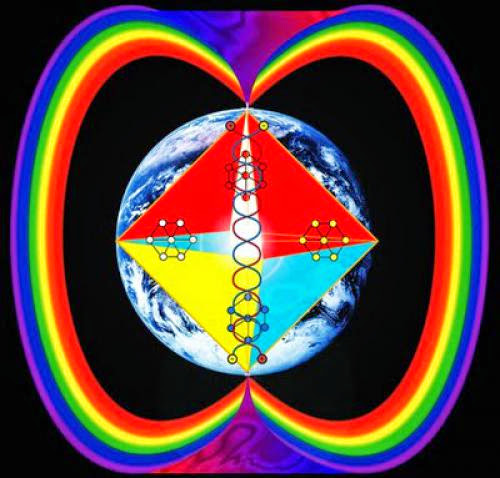
Showing posts with label knight. Show all posts
Showing posts with label knight. Show all posts
Tuesday, September 25, 2012
Knight2

Wicca is a diverse religion with no central authority or figure defining it.
Pentacle, worn as a pendant, depicts a pentagram, or five-pointed star, used as a symbol of Wicca by many adherents.
Wicca is typically duotheistic, worshipping a god and goddess traditionally viewed as a mother goddess and horned god.
Application of the word Wicca has given rise to "a great deal of disagreement and infighting".
The God and Goddess are generally seen as lovers and equals, the Divine Couple who together co-create the cosmos.
The Horned God is given various names according to the tradition, and these include Cernunnos, Pan, Atho and Karnayna.
Some Wiccans, particularly from the 1970s onwards, have viewed the Goddess as the more important of the two deities, who is pre-eminent in that she contains and conceives all. In this respect, the God is viewed as the spark of life and inspiration within her, simultaneously her lover and her child.
